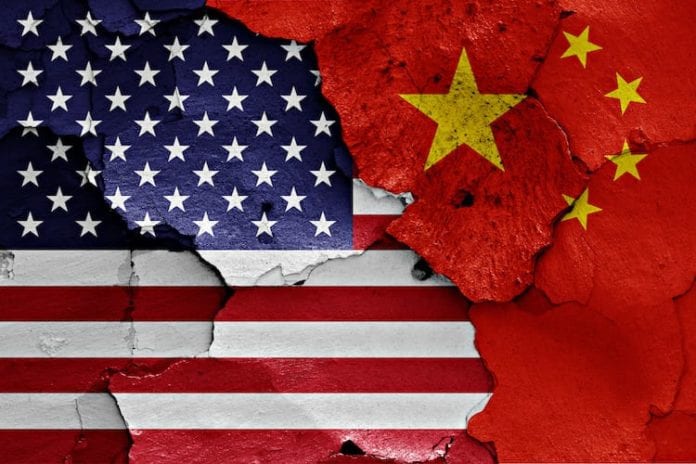‘We are in the midst of a global battle over the future of wireless networks,’ said Commerce Assistant Secretary Alan Davidson
WASHINGTON, DC—U.S. global competitiveness, the ongoing lack of spectrum auction authority for the Federal Communications Commission and how telecom carriers will continue to support the increasing mobile data demands of their current customers and new use cases, were all top of mind at this year’s CTIA 5G Summit, held in Washington, D.C. yesterday.
“The U.S. is in an era of high-stakes technology development,” said Alan Davidson,
Assistant Secretary of Commerce for communications and information with the
National Telecommunications and Information Administration (NTIA). “From artificial intelligence to semiconductor manufacturing, whoever leads in innovation will lead the world in economic growth and national security.”
He outlined the broad efforts that the Biden administration has been making to lay out a spectrum pipeline and begin to implement the accompanying National Spectrum Strategy, to support domestic chip and Open RAN development, and to provide funding for infrastructure deployment through the BEAD program.
“All of us are in some ways saying the same thing about U.S. competitiveness with China,” said UScellular President and CEO Laurent Therivel, pointing out that multiple speakers were making the same points related to the continual, massive increases in data demand that telecom networks are facing and how they can continue to meet customers’ needs. “At its most basic, the way you support huge increases in data is with more spectrum and with more infrastructure,” he said, adding that the U.S. is behind China both in the number of base stations deployed and access to midband spectrum, laying out figures that reflected Chinese users having access to 70% more wireless capacity—and eventually, 160% more, as China continues to deploy more sites and to clear additional spectrum.
He offered three key pillars to address that: More access to licensed, full-power spectrum (which can only be achieved if the FCC’s auction authority is restored); aligning federal funding for innovation; and more aligned money for infrastructure. The good news, Therivel said, is that there are a variety of federal and state programs for infrastructure funding; the challenge is that they aren’t coordinated—which means, he said, that private companies will have a harder time putting their own capital into the mix to actually close the digital divide.
CTIA President and CEO Meredith Atwell Baker again emphasized the importance of full-power, exclusive-use, licensed spectrum for carriers to efficiently deploy networks that can handle the continually escalating demand for mobile data.
“Anyone looking at reduced power is probably not building a network in rural America,” said Carolina West Wireless CEO and CTIA Chairman Slayton Stewart during a conversation with Atwell Baker, explaining that the use of lower-power, shared spectrum means that deployment requires more fiber more towers—and accordingly, more Universal Service Fund support in order to cover rural areas. He added that based on his company’s experience, it would take 2.5 times the amount of infrastructure to cover one of the small towns in Carolina West’s footprint with CBRS, compared to full-power C-Band spectrum.
The summit saw bipartisan representation, with both Representative Bob Latta (R-OH-5) and Representative Doris Matsui (D-CA-07) speaking in support of restoring FCC auction authority and on continuing to work together on spectrum issues.
“The U.S. is in the midst of an intense competition for global leadership in wireless technologies. We need to be smart, we need to be strategic, we need to be collaborative. And we need to be evidence-based,” Davidson reiterated during his speech. “And, importantly, we need the help of Congress. We need spectrum auction authority restored by Congress.”
He went on to say: “What we have been seeing and hearing from the Hill in recent weeks are steps in the right direction—and I hope we can all work together to reach a solution. We believe that legislation can be crafted that is consistent with our National Spectrum Strategy and advances our shared agenda. These are efforts to sustain the lifeblood of your networks, and to expand access to an input that is vital to the long-term success of this industry. So where you have disagreements, just remember: It would be a mistake to let the perfect be the enemy of the very good.”

